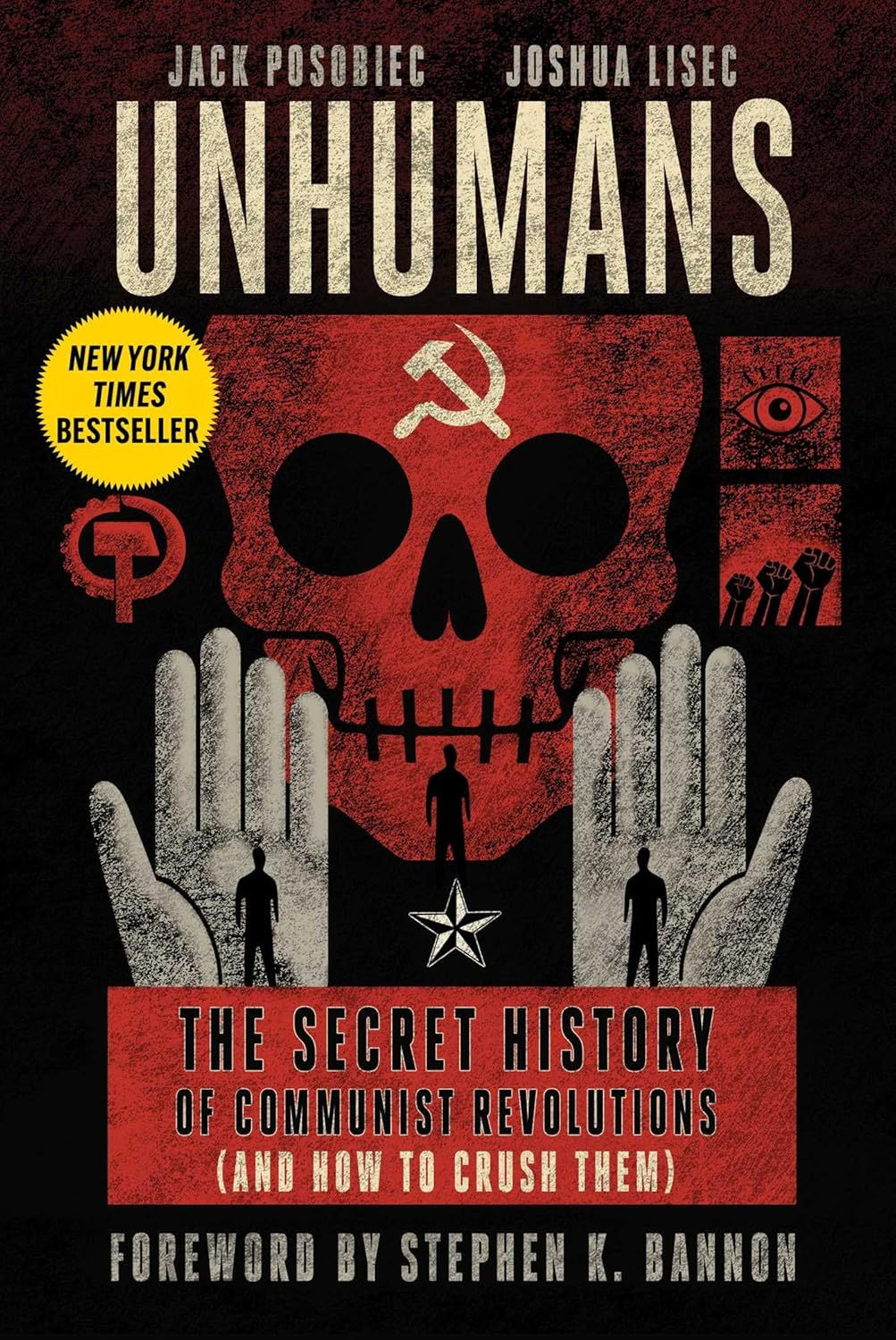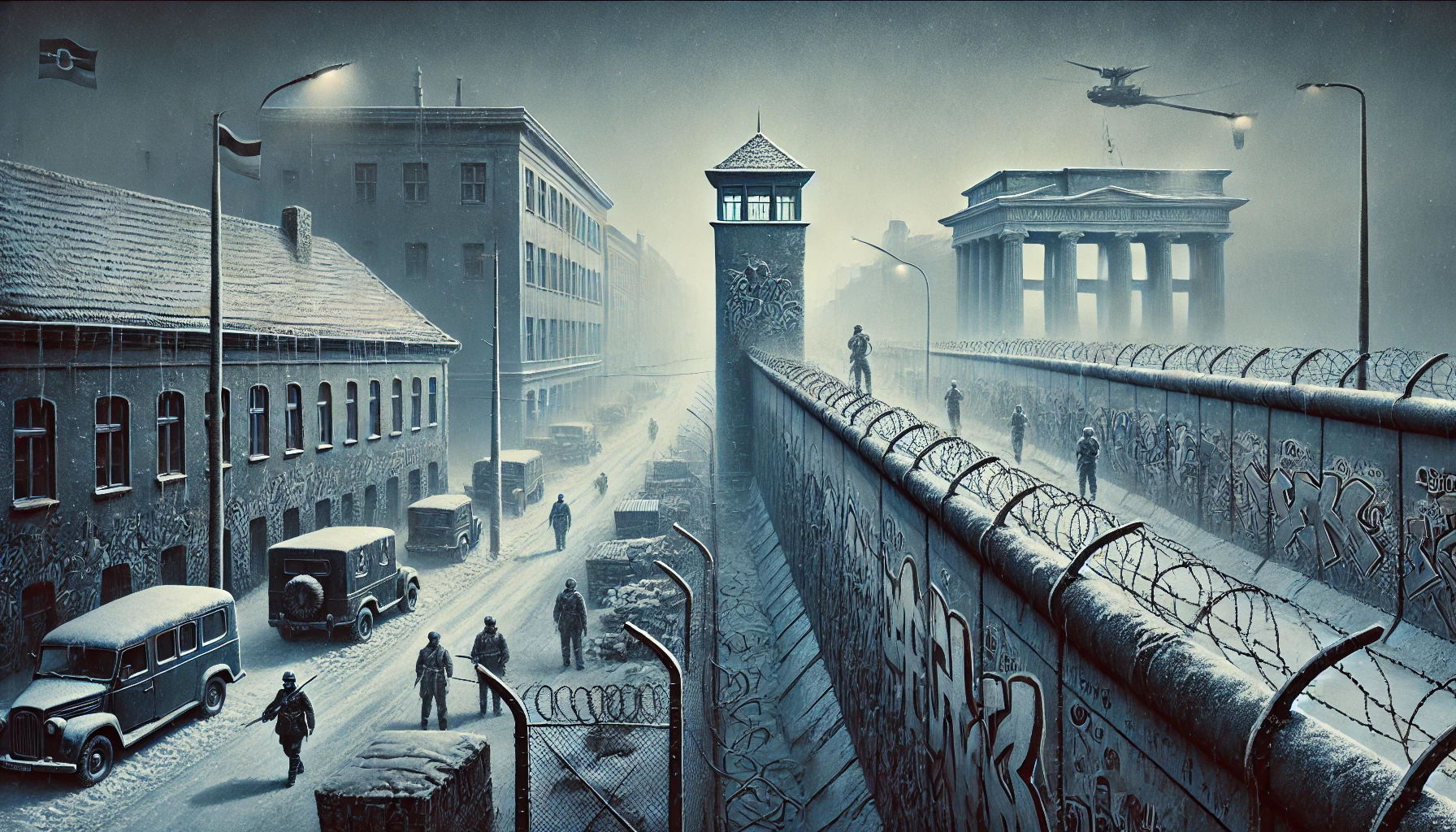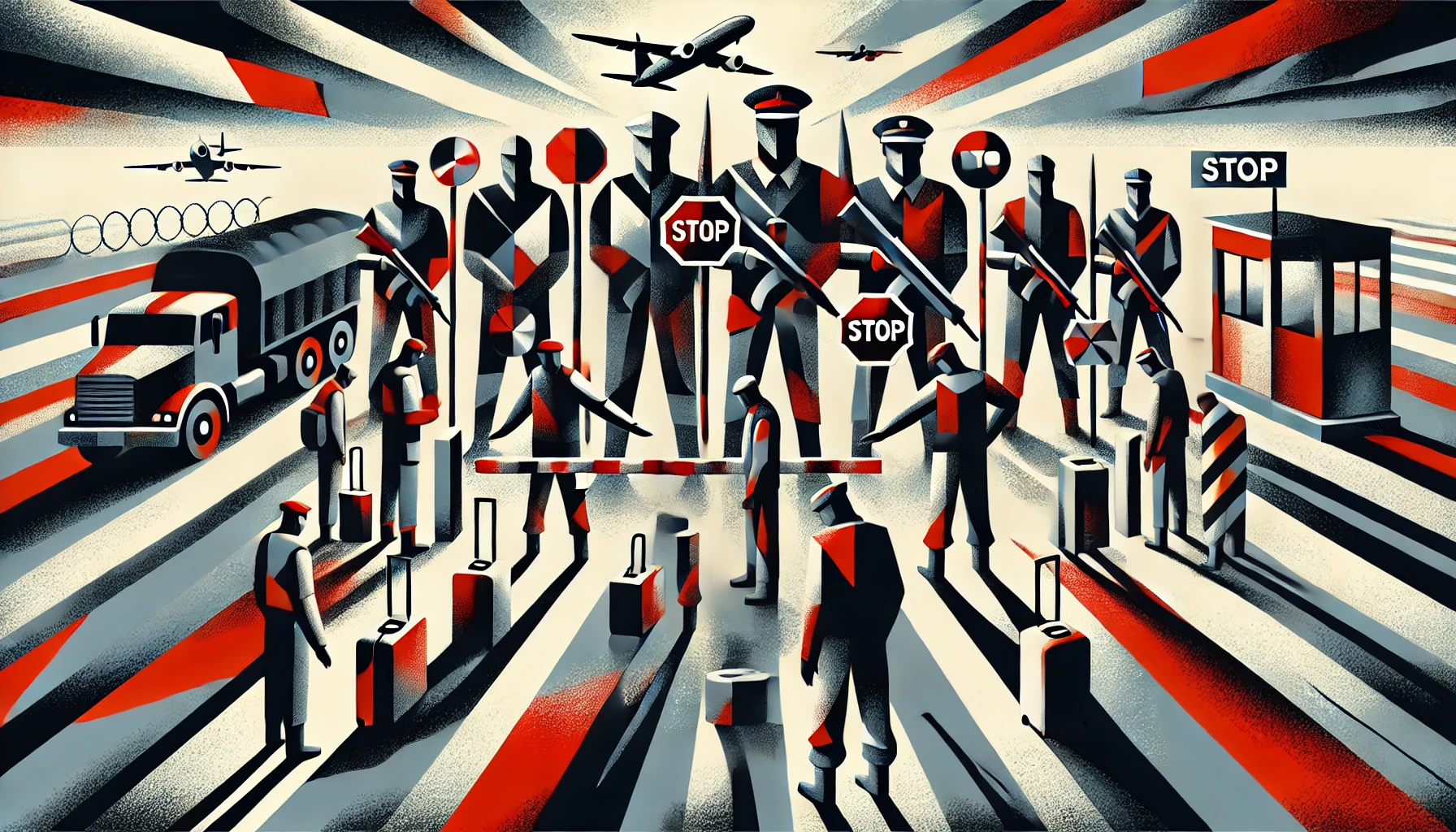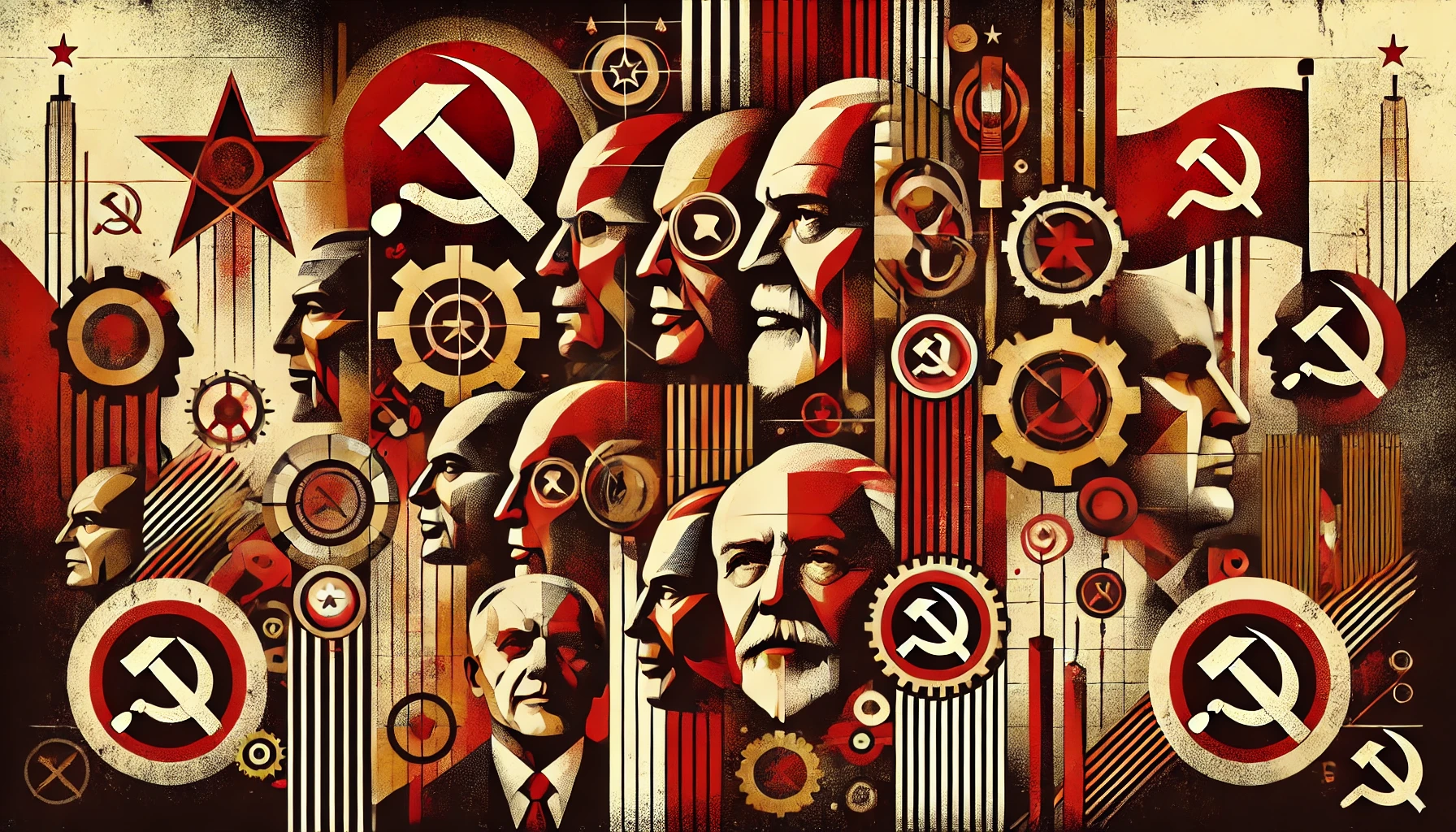Soviet Forced Population Transfers: A Grim Chapter in History
From the 1920s to the 1950s, the Soviet Union engaged in systematic forced population transfers that uprooted millions of people. These operations, carried out under the guise of collectivization, national security, or ethnic cleansing, resulted in unimaginable suffering, cultural annihilation, and countless deaths. By examining the motivations, methods, and consequences of these policies, we can better understand the destructive machinery of the Soviet regime.
The Tool of Forced Transfers
Forced population transfers were a central method employed by the Soviet Union to suppress dissent, eliminate perceived threats, and reshape the nation’s demographic landscape. The regime targeted groups such as wealthy peasants, ethnic minorities, and populations in annexed territories. These transfers were not merely relocations but acts of political repression and social engineering designed to consolidate Stalin’s power.
Dekulakization and Collectivization (1929–1933)
The collectivization campaign under Joseph Stalin marked the beginning of massive forced relocations. The “kulaks,” landowning peasants labeled as class enemies, were targeted for their resistance to agricultural collectivization. Stalin declared the “liquidation of the kulaks as a class,” and between 1929 and 1933, approximately 1.8 million people were deported to Siberia, Kazakhstan, and other remote regions.
These deportees faced appalling conditions. Historian Orlando Figes describes how families were torn apart as men were arrested at night and women and children were left to fend for themselves at collection points before being loaded into overcrowded cattle cars. Deported kulaks were subjected to forced labor in settlements where starvation, disease, and exposure claimed hundreds of thousands of lives. Estimates suggest that 530,000 to 600,000 kulaks perished during this period.
Ethnic Cleansing Deportations (1930s–1940s)
The Soviet regime also targeted ethnic minorities for deportation, often accusing them of disloyalty or collaboration with foreign enemies. These operations began in the 1930s and escalated during World War II, affecting millions of people. Major deportations included:
- Poles and Germans (1936): Approximately 35,000 were deported to Kazakhstan amid fears of espionage.
- Ethnic Koreans (1937): Nearly 172,000 were relocated from the Soviet Far East to Central Asia.
- Volga Germans (1941): After the Nazi invasion, 900,000 Germans, Finns, Romanians, and others were forcibly relocated.
- North Caucasian Peoples (1943–1944): Over 650,000 Chechens, Ingush, Balkars, and Karachays were deported to Central Asia, accused of collaborating with Nazis.
- Crimean Tatars (1944): Around 228,000 Crimean Tatars were exiled to Uzbekistan in collective punishment for alleged Nazi collaboration.
These deportations were executed with chilling efficiency. Entire families were loaded into cattle cars, often without adequate food or water, for journeys lasting weeks. Many died en route, and survivors faced brutal conditions in their new settlements. One Crimean Tatar survivor recounted: “We were loaded onto cattle cars, like animals. Many died on the way. When we arrived, we had nothing—no shelter, no food.”
Suppression in the Baltic States
The Soviet annexation of Estonia, Latvia, and Lithuania in 1940 brought further waves of forced deportations. Between 1940 and 1941, and again from 1944 to 1949, an estimated 124,000 people from the Baltic states were deported to Siberia and Central Asia. These operations aimed to suppress resistance and enforce Soviet rule in these newly acquired territories. Deportees included intellectuals, political leaders, and their families, all labeled as “enemies of the state.”
The Human Cost
The sheer brutality of Soviet forced population transfers is best illustrated through the personal accounts of survivors. Overcrowded cattle cars lacking food, water, or basic sanitation were standard. Upon arrival, deportees were met with harsh climates, forced labor, and inadequate housing. Survivors such as Anatoly Granovsky described building homes from mud and straw and enduring relentless hunger and cold.
The toll of these policies is staggering. Deaths from starvation, disease, and exposure numbered in the hundreds of thousands, and entire communities were devastated. The Volga Germans, Crimean Tatars, and many others lost not only their homes but also their cultural cohesion, with many never fully recovering their ancestral territories.
Political Motives and Consequences
The motivations behind these transfers were deeply rooted in Stalin’s political paranoia and the communist regime’s desire for control. Ethnic deportations aimed to secure border regions by replacing minority populations with ethnic Russians, thereby facilitating Sovietization and central control. Meanwhile, the uprooting of kulaks sought to crush resistance to collectivization while providing forced labor for state projects.
These policies left a profound legacy. Displaced populations often faced decades of discrimination and hardship, and many were only permitted to return to their homelands after Stalin’s death. Some, like the Crimean Tatars and Volga Germans, have yet to regain full access to their ancestral lands. The scars of these forced migrations continue to affect the descendants of the displaced and the demographic makeup of the affected regions.
Legacy and Reflection
The Soviet Union’s use of forced population transfers underscores the regime’s disregard for human life and its commitment to political repression. These policies reshaped the Soviet Union’s demographic and cultural landscape while inflicting immeasurable suffering on millions. Today, they stand as one of the darkest chapters in Soviet history.
As historian Norman Naimark writes, “The forced transfers left a terrible scar on the psyche of the Soviet population…and on the map of the Soviet Union and its successor states.” Understanding and remembering these atrocities is crucial not only for honoring the victims but also for ensuring such acts are never repeated.
References:
- Polian, P. (2004). Against Their Will: The History and Geography of Forced Migrations in the USSR. Central European University Press.
- Pohl, J. O. (1999). Ethnic Cleansing in the USSR, 1937-1949. Greenwood Publishing Group.
- Viola, L. (2007). The Unknown Gulag: The Lost World of Stalin’s Special Settlements. Oxford University Press.
- Hagenloh, P. (2000). “Socially Harmful Elements” and the Great Terror. Stalinism: New Directions, 286-308.
- Rosefielde, S. (2009). Red Holocaust. Routledge.
- Figes, O. (2007). The Whisperers: Private Life in Stalin’s Russia. Macmillan.
- Martin, T. (1998). The Origins of Soviet Ethnic Cleansing. The Journal of Modern History, 70(4), 813-861.
- Pohl, J. O. (2000). Stalin’s Genocide Against the “Repressed Peoples”. Journal of Genocide Research, 2(2), 267-293.
- Naimark, N. M. (2010). Stalin’s Genocides. Princeton University Press.
- Solzhenitsyn, A. (1974). The Gulag Archipelago, 1918-1956: An Experiment in Literary Investigation, Parts I-II. Harper & Row.
- Tishkov, V. A. (1997). Ethnicity, Nationalism and Conflict in and after the Soviet Union: The Mind Aflame. Sage.
- Buckley, C. J., Ruble, B. A., & Hofmann, E. T. (Eds.). (2008). Migration, Homeland, and Belonging in Eurasia. Woodrow Wilson Center Press.








